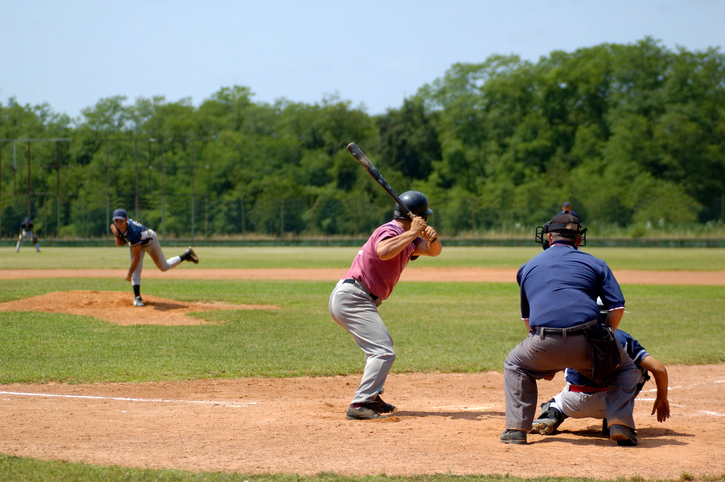St. Elizabeth Healthcare looks at spring high school sports and what athletes, coaches and parents should know to stay healthy and optimize performance. Today: baseball.
Key dates:
Kentucky: Competition starts this week. District tournaments start week beginning May 21; region tournaments start week beginning May 28; and state tournament beginning the week of June 4.
Key concern:
In youth baseball, of paramount importance is the strain throwing a baseball can have on young arms. According to USA Baseball, the shoulder and elbow are the most commonly injured body parts in high school baseball. And nothing taxes shoulders and elbows like pitching.
According to Baseball America, only two states that sanction high school baseball currently do not have some sort of pitch count, and of those two, only one ““ Massachusetts ““ does not mandate a period of rest after pitching. More attention to pitch counts is in keeping with an initiative of Major League Baseball called Pitch Smart, designed to reduce injuries in young pitchers.
Kentucky last year moved from a restriction on innings pitched to a pitch count, which more effectively measures a pitcher’s actual workload. Consider: a pitcher could need as few as three pitches to get out of an inning, or throw two dozen and not get out of an inning.
As of 2016, no varsity pitcher can throw more than 120 pitches in a day, and any outing of 76 or more pitches triggers three calendar days of rest, according to the Kentucky High School Athletic Association. Varsity pitchers also must take two days off if they’ve thrown 51 to 75 pitches and one day off for 26 to 50 pitches. The maximum pitches and rest thresholds are lower for junior varsity, freshman and middle-school team pitchers.
Kathy Boehmer, physical therapist and certified athletic trainer for St. Elizabeth Sports Medicine, said elbow and shoulder injuries crop up as early as Little League. By high school, those injuries become more and more common, with potential for surgery and extended rehabilitation time. Not all shoulder and elbow injuries involve surgery, of course, but rotator-cuff tears can result in four to six months’ recovery time, and replacement of the ulnar collateral ligament ““ “Tommy John” surgery, named for the 1970s Dodgers pitcher upon whom it was first performed ““ can set a pitcher back more than a year.
Keep in mind:
Certainly, not all high-school baseball injuries involve elbows, shoulders or pitching. Hand, forearm and wrist injuries can result in any number of ways, from getting plunked with a pitch to diving back to a base. The batter’s sprint up the first-base line has resulted in many a pulled hamstring, and collisions with outfield fences or other players can yield bruises or even broken bones.
Finally:
Some experts think the uptick in overuse injuries among pitchers is the manifestation of this generation of specialization. There was a time when youth baseball players played for their neighborhood or high-school team, and come mid-summer switched to football or soccer. Now, the proliferation of traveling and select teams has more and more players approaching year-round participation in a single sport, which creates a hotbed for overuse.

